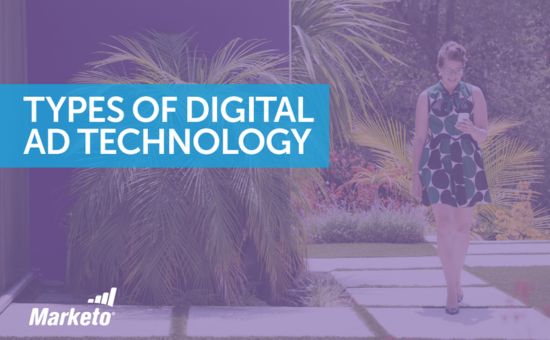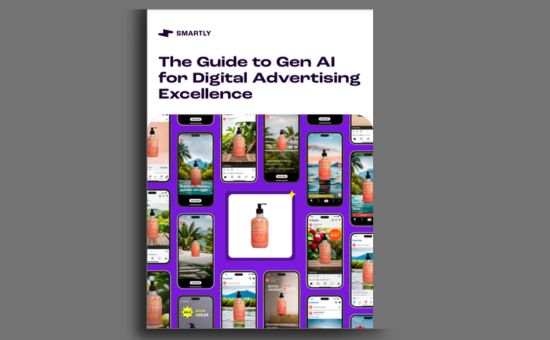A Marketer’s Guide to the MAJOR PLAYERS IN NATIVE ADVERTISING | Taboola
Digital Advertising
Content saturation on the open web is a reality, making it increasingly challenging for your audience to discover your content. Native advertising with publishers remains a scalable marketing channel, yet navigating the industry’s jargon, especially for newcomers, can be confusing.
While the fundamental concept remains the same—connecting brands with large audiences via media outlets—the online landscape is now more crowded than ever. Each player has its way of defining roles and technologies, leading to complex conversations. In the words of Chad Pollit from the Native Advertising Institute:
“The 800-pound gorilla in the room that hardly anyone mentions is that the language publishers and marketers use to discuss native is completely different in many cases.”
– Chad Pollitt, VP of Audience and Partner, Native Advertising Institute
To navigate the intricate landscape of native advertising, the initial step is gaining a comprehensive understanding of the key players in the industry—identifying who they are and delineating their objectives.
MAJOR PLAYERS IN NATIVE ADVERTISING
Traditional Media Publishers
Initially, there are the publishers that originated from print and broadcast media, now thriving online, accompanied by their dedicated niche audiences.
- Identity: Prominent publishers like The Weather Channel, Bloomberg, and USA Today fall into this category, drawing attention from enterprise brands targeting extensive audiences.
- Native Advertising Objectives: These publishers aim to monetize their platforms through branded content, seeking revenue growth and heightened engagement with their organic content. These established media entities have built a strong presence in their respective domains, whether on a regional, global, or industry scale, amassing loyal audiences attractive to diverse advertisers over time.
New Media Publishers
You may not recall these sources from the era of broadsheets; these publications exist solely online and emerged more recently in the past few decades.
- Identity: Representing the newer wave of publishers, examples include the Huffington Post, Refinery 29, and AOL. They embraced native advertising early on and formulated their revenue models around online advertising from the outset.
- Native Advertising Objectives: While sharing similar goals with traditional publishers, these platforms may seek a distinct niche of branded content to enhance site monetization. These contemporary media publishers offer a chance for smaller brands and businesses to reach more modest niche audiences on the web.
DEMAND-SIDE: THE PLAYERS THAT WANT TO REACH THE AUDIENCE
Agency Advertisers
Brand Advertisers
Brand advertisers comprise professionals from mid-level to enterprise-sized companies seeking to enhance brand awareness through online marketing and PR initiatives. In the face of web content saturation, they explore alternative channels for message distribution.
- Identity: These companies, such as TUI Group, GrubHub, and NASCAR, employ diverse content forms, spanning online publications, videos, podcasts, and even acting as publishers with initiatives like TUI’s Passenger 6a and GrubHub’s The Crave.
- Native Advertising Objectives: The primary goal for brands is to achieve extensive audience reach, maximizing brand awareness. With increasing competition and content saturation on the search and social media platforms, brands turn to native advertising to tap into publisher audiences and drive traffic to their campaigns.
Performance Marketing Advertisers
TECHNOLOGY: THE THIRD-PARTY PLATFORMS
Content Discovery Platforms
Content discovery platforms aim to enhance marketing outcomes by granting access to numerous publisher websites.
- Identity: Taboola stands out as the leading content discovery platform, enjoying the trust of thousands of advertisers through exclusive partnerships with top global publishers. It offers native and in-feed opportunities, ensuring your message takes center stage on premium publisher sites.
- Native Advertising Objectives: Taboola facilitates connections between relevant publishers and advertisers, enabling audiences to discover previously unknown but appealing content.
- Significance: Online publications collectively command a larger audience share than search and social platforms. Content discovery platforms like Taboola present significant opportunities for advertisers, catering to both brand awareness and performance marketing.
Social Media Platforms
Social media networks provide in-feed advertising, connecting publishers, agencies, brands, and performance marketers with their audience.
- Identity: Recognizable platforms like Facebook, Twitter, and LinkedIn serve as closed online communities for users to interact and consume personalized feed content.
- Native Advertising Goals: Social media platforms aim to generate revenue from their built-in audiences, much like publishers. Some platforms, such as Twitter’s Medium, LinkedIn’s Pulse, and Facebook’s Articles, have introduced their publishing platforms. These platforms play a dual role, serving both the demand and supply sides of the industry.
Search Engines
Search engines offer native advertising to connect publishers, agencies, brands, and performance marketers with their audience.
- Identity: Prominent search engines like Google, Bing, Yahoo, and AOL curate content based on user search queries.
- Native Advertising Goals: Search engines aim to connect users with the desired content, leveraging their clear intent. Operating on both the demand and supply sides, they collaborate with publishers and advertisers to drive revenue from their built-in audiences. Due to explicit user intent, search engines are favored for bottom-of-the-funnel campaigns.
Navigating the growing native landscape can be complex, requiring a clear goal and understanding of options. Depending on your campaign’s goal, business size, and budget, choosing a suitable media mix is crucial. Knowing the key players in the native advertising industry empowers marketers to make informed distribution decisions.
Discover the Native Advertising Landscape! Download Your Guide Now for In-Depth Insights and Strategic Marketing Tips.
The Table of Contents of “A Marketer’s Guide to the MAJOR PLAYERS IN NATIVE ADVERTISING”:
- MAJOR PLAYERS IN NATIVE ADVERTISING
- DEMAND-SIDE: THE PLAYERS THAT WANT TO REACH THE AUDIENCE
- TECHNOLOGY: THE THIRD-PARTY PLATFORMS
Number of Pages:
- 10 pages
Pricing:
- Free
Warning: Undefined array key "sidebar_ads" in /home/dmc/public_html/wp-content/themes/DMC/functions/helpers.php on line 824






